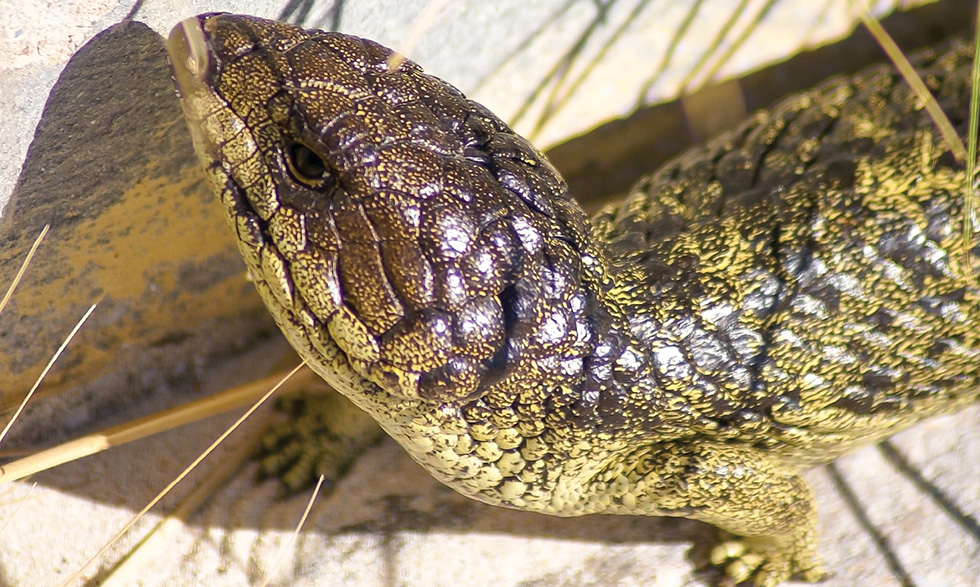
Last updated on August 4th, 2024 at 04:56 pm
As we get older, our bodies change in ways that can affect our health and well-being. Over time, our cells age and change, and our organs may not function as well. This increases our risk for chronic diseases and other health problems.
More than just a number
Ever wondered why some people seem younger or older than their actual age? It’s because age is more than just a number! Although aging is a natural process that happens to all of us, it doesn’t affect every body in the same ways.
- Chronological age: The number of years you’ve been alive.
- Biological age: How old your cells, tissues, and organs appear to be based on your body’s overall health and functioning. This can be different from your actual age. It accounts for factors like your genetics and lifestyle and how your body is affected by the aging process.
- Aging rate: How quickly or slowly your body changes as you get older (such as developing wrinkles or gray hair). While some people seem to age more slowly, others seem to age more quickly. Factors like exercise, diet, stress management, and sleep habits can all influence your aging rate.
Some animals seem to have a slower aging process and tend to live longer lives. Cold-blooded animals such as reptiles and amphibians have some of the longest lifespans for their size. Take turtles, for example—some species of this reptile can live for over 150 years!
What can we learn from these long-lived creatures? In a recent large study, funded in part by the National Institute on Aging, an international team set out to answer that very question.

Turtles, crocodiles, and salamanders had particularly low aging rates and long lifespans for their sizes.
Clues from reptiles and amphibians
While most research on aging variation in animals has focused on birds and mammals, this team examined 77 different species of reptiles and amphibians in the wild. They started by collecting data from more than 100 populations of cold-blooded, four-legged animals (called “ectothermic tetrapods”) around the world. Comparing this data to similar data from birds and mammals, the researchers uncovered links between animal aging rates, longevity, environments, traits, and behaviors—and made some surprising discoveries.
Cold-blooded animals rely on heat from the environment to stay warm. Some scientists thought these animals might have longer lifespans due to their slower metabolic rates and lower energy demands, resulting in less damage to their cells and tissues and a slower aging process.
But it turns out that temperature regulation doesn’t seem to hold the secret to animal aging. Overall, the cold-blooded animals in this study did not age more slowly or live longer than their warm-blooded counterparts.
They did have more diverse aging rates and lifespans, though. Some aged very quickly and others aged extremely slowly. At least one species in each group of ectotherms, which included turtles, crocodiles, and salamanders, had slower aging rates and longer lifespans than other similarly sized animals.

Traits such as venom, shells, and armor may help animals live longer by protecting them from predators.
Protective traits and aging rates
The researchers also discovered a few key factors that appeared to affect how quickly or slowly the cold-blooded animals aged and how long they lived:
- Protection against predators. Reptiles and amphibians that had protective traits—such as a hard shell, scales, or a venomous bite—aged more slowly than those without them.
- Environmental temperature. In warmer environments, reptiles aged more quickly, while amphibians aged more slowly.
- Reproductive age. Reptiles that began reproducing later in life aged more slowly and lived longer. While amphibians that began to reproduce at later ages lived longer, they did not age more slowly. However, amphibian aging rates were associated with the number of eggs they laid each year: Species that laid more eggs per year tended to age more quickly.
This study sheds light on the evolution of aging and how it varies across species. It also adds to our understanding of the complex factors that contribute to aging, including how quickly or slowly certain animals age. These insights can help inform conservation strategies for reptiles and amphibians in the wild, many of which are threatened or endangered. Someday they could even help humans lead longer, healthier lives!
